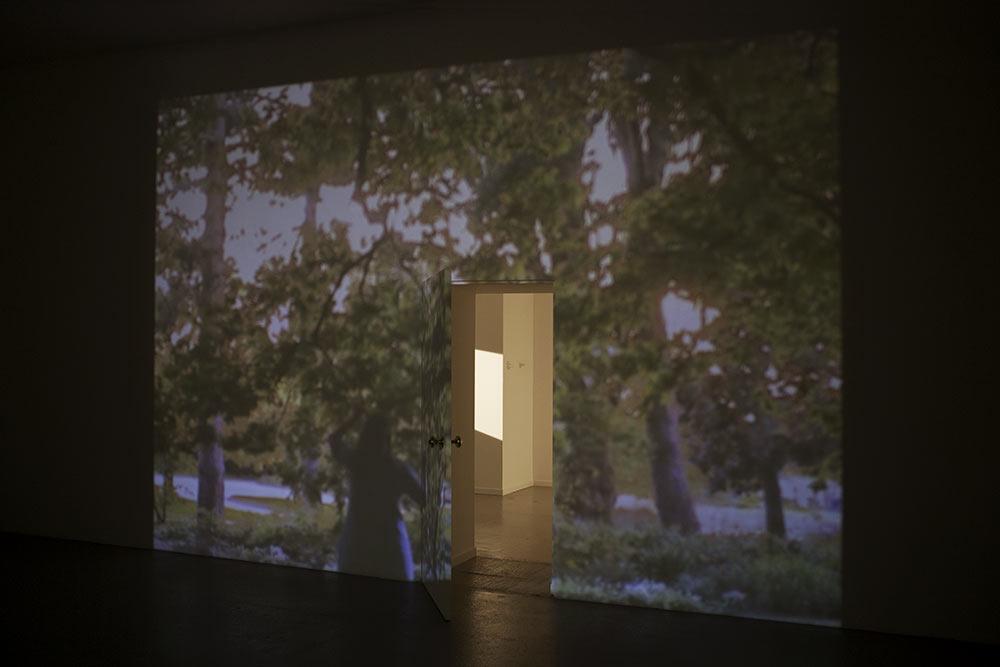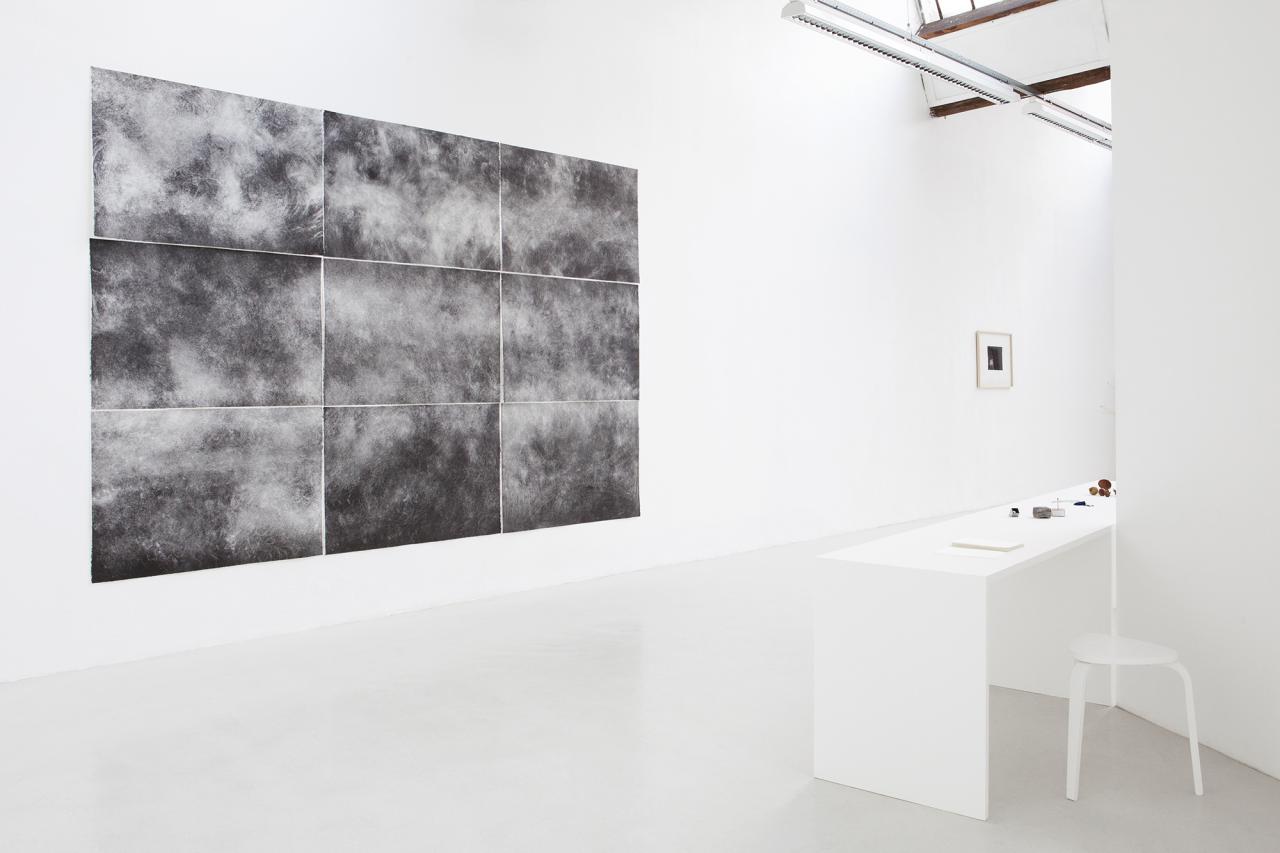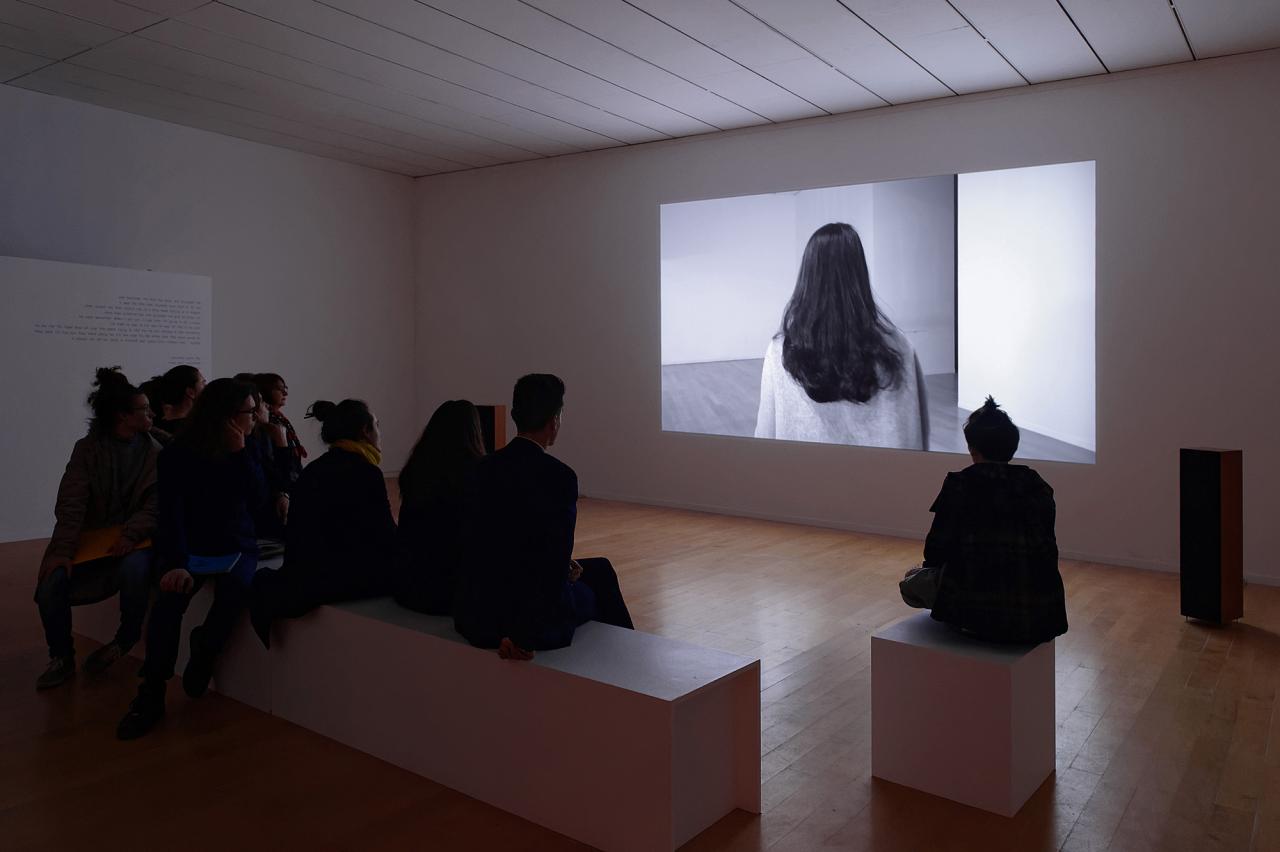Maïté Marra
Born in
Lives and works in Villeurbanne



My approach draws from any and all artistic practices, particularly those that involve images – photography, video, cinema and editing –, and relies on the displaying and spatialisation of the works in order to give further thought to the scale of a place. In this sense, my work connects several themes, which it expresses in multiple shapes and forms.
First there is the question of the body, of its intimacy, its sensual perception, its depiction, its fragmentation, and the social constructs, norms and violence it endures. The violence that bodies are subjected to produces traumatic psychological consequences. The issue of violence – the violence inflicted on bodies – exists alongside the violence inflicted on our surroundings, whether natural or man-made. Political and social groups strive to dominate their entire environment, including the human beings in it.
Another issue calls into question some of the mediums and tools the artist uses to depict these concerns; that is, the manufacturing of a vision through the recording and displaying of images.
And yet another issue arises: that of taking into consideration the exhibition space, the exhibition venue, its history and architecture, its structure as a space meant to receive works and to play a part in revealing them. These venues, spaces and museums, whether they were thought out and created specifically for the purpose of exhibiting or converted to this end, contribute to a standardisation of depiction and therefore of the eye itself. This has led me to propose a singular interpretation of the norms that structure our society and cultural, social, political, bodily, linguistic and intellectual norms, and to question them, upend them, refuse to be satisfied by them, and instead invent, break down, deconstruct, remodel, and twist these norms in order to build another more singular, autonomous and personal language.
One of the goals of my artistic process is to try to find, through the way the world around me is seen and the questions this raises, a language that could open up a space for us to make something in common – that is, a language to invent, to articulate and to play with together, rather than one that is imposed on us by cultural, moral and identity norms. In order to avoid formulating new injunctions, this commonality must be a constantly renewed invention, particularly with regards to the importance given to poetic language.
Biographical notes translated with the support of the Centre national des arts plastiques - Cnap.